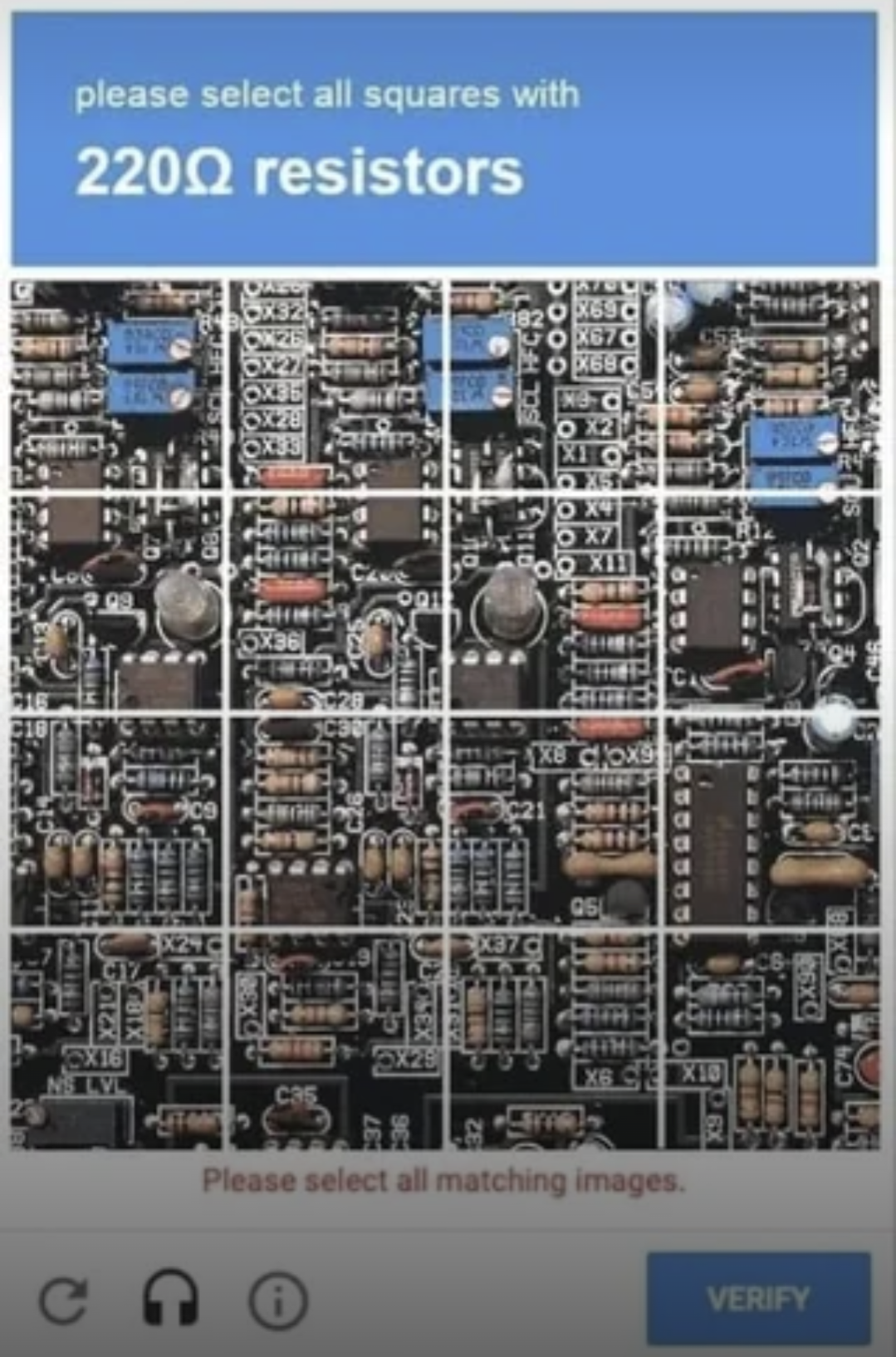this post was submitted on 12 Oct 2024
463 points (98.3% liked)
Funny: Home of the Haha
5742 readers
775 users here now
Welcome to /c/funny, a place for all your humorous and amusing content.
Looking for mods! Send an application to Stamets!
Our Rules:
-
Keep it civil. We're all people here. Be respectful to one another.
-
No sexism, racism, homophobia, transphobia or any other flavor of bigotry. I should not need to explain this one.
-
Try not to repost anything posted within the past month. Beyond that, go for it. Not everyone is on every site all the time.
Other Communities:
-
/c/TenForward@lemmy.world - Star Trek chat, memes and shitposts
-
/c/Memes@lemmy.world - General memes
founded 1 year ago
MODERATORS
you are viewing a single comment's thread
view the rest of the comments
view the rest of the comments

TIL the stripes on resistors aren't just colorful fun. I found this tool, but I need to read a more to understand it: https://www.digikey.com/en/resources/conversion-calculators/conversion-calculator-resistor-color-code
it's really just that the first two tell you numbers, the third multiplies it, and the fourth tells you how much leeway either side of that number you have.
They are manufactured in such a way that a set of resistors can cover everything from 1x to 10x in the range of electrical power you are working with.
The range is set up so that [standard value] + 10% just meets [ next standard value] -10%. They make a batch targeting 1k and test them to sort by tolerance. If they are off by more than 10% they just become 1.2k 10% or 820 10%.
“Decade” 🤔
It's the mathematical term for the range in a log scale. 1-10, 10-100, 100-1000, ...
https://en.m.wikipedia.org/wiki/Decade_(log_scale)